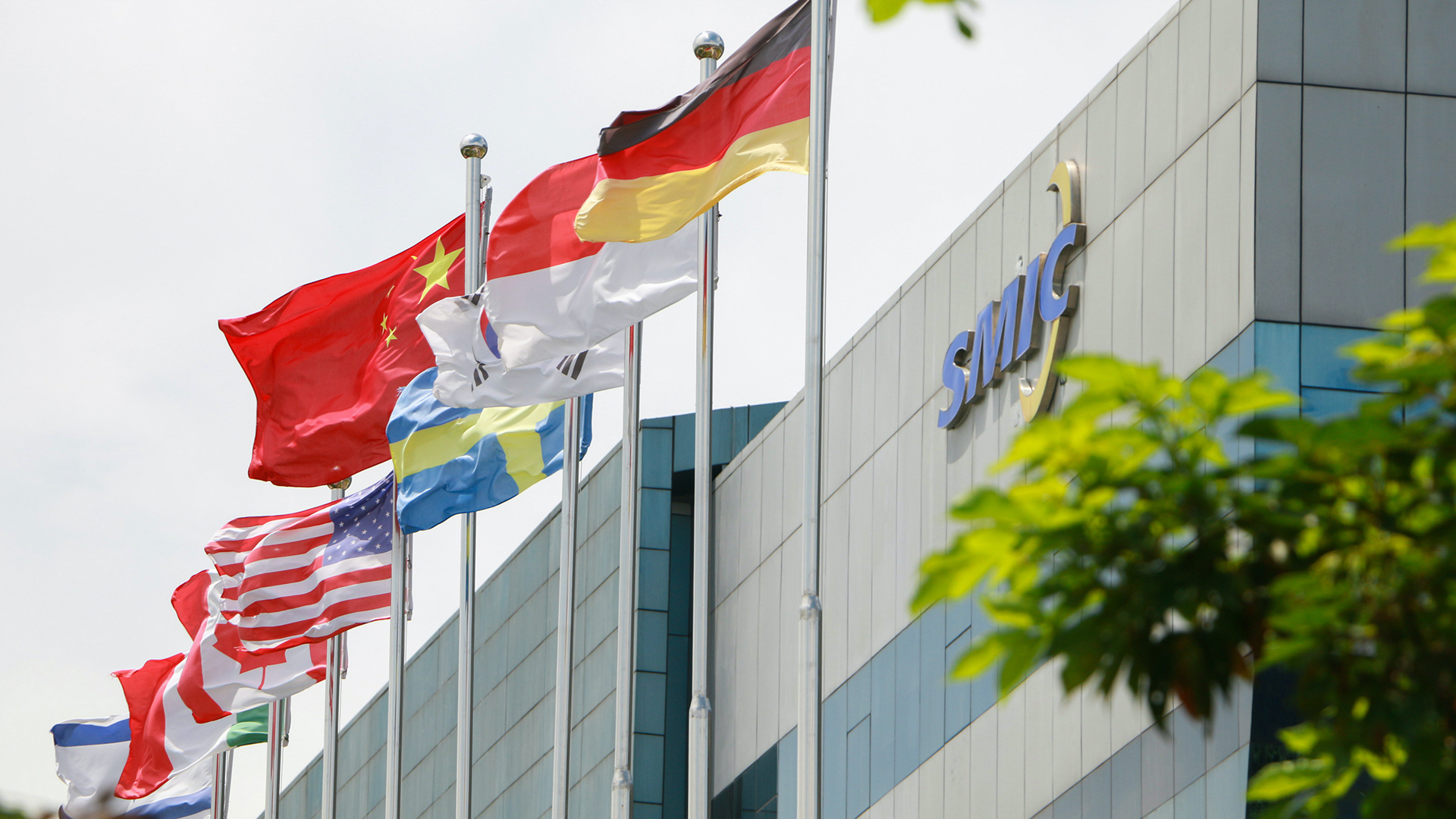
Semiconductor Manufacturing International Corp. (SMIC), China's national chip champion, is on track to mass produce processors on its 5nm-class process technology later this year, according to a Financial Times report that cites two sources with knowledge of the matter. Huawei's HiSilicon chip development arm will be SMIC's alpha customer for its 5nm node and is expected to make AI and smartphone processors.
SMIC has reportedly established new semiconductor production lines in Shanghai to mass-produce chips designed by technology giant Huawei on its 5nm fabrication technology. As expected, the company's 5nm-class manufacturing process will not rely on extreme ultraviolet (EUV) lithography as the company cannot get appropriate tools from ASML. Instead, SMIC will use 'stockpiled' deep ultraviolet (DUV) lithography tools, according to the Financial Times.
It remains to be seen what power, performance, and area advantages SMIC's 5nm-class process technology will offer. Meanwhile, some experts believe that this production node will enable Huawei to substantially upgrade its smartphone performance this year.
SMIC is expected to produce at least two chips for Huawei's HiSilicon: a highly integrated Kirin system-on-chips for smartphones and the rumored Ascend 920 processor for artificial intelligence (AI) applications.
But these chips will come at a cost. Three individuals connected to Chinese fabless chip designers reported that SMIC's pricing for its 5nm and 7nm products is 40% to 50% higher than what TSMC charges for similar technology nodes. Furthermore, SMIC's 7nm yield is claimed to be less 'than one-third of TSMC's.' This certainly raises questions about the economic viability and efficiency of China's advanced semiconductor production efforts.
"Could this be just a demonstration by Huawei and SMIC to show the Chinese government it can be done?" said Douglas Fuller, an expert on China's semiconductor industry asked rhetorically in a conversation with Financial Times. "If money is no object, then it might happen."
Meanwhile, TSMC has to obtain an export license from the U.S. government to serve Huawei, and in most cases, it cannot obtain one. As a result, Huawei does not have a choice but to use SMIC's services.
While SMIC's 5nm chips will still be a generation behind TSMC's leading-edge 3nm process technology, they mark significant progress for China's semiconductor industry under the current U.S. export control regime.







